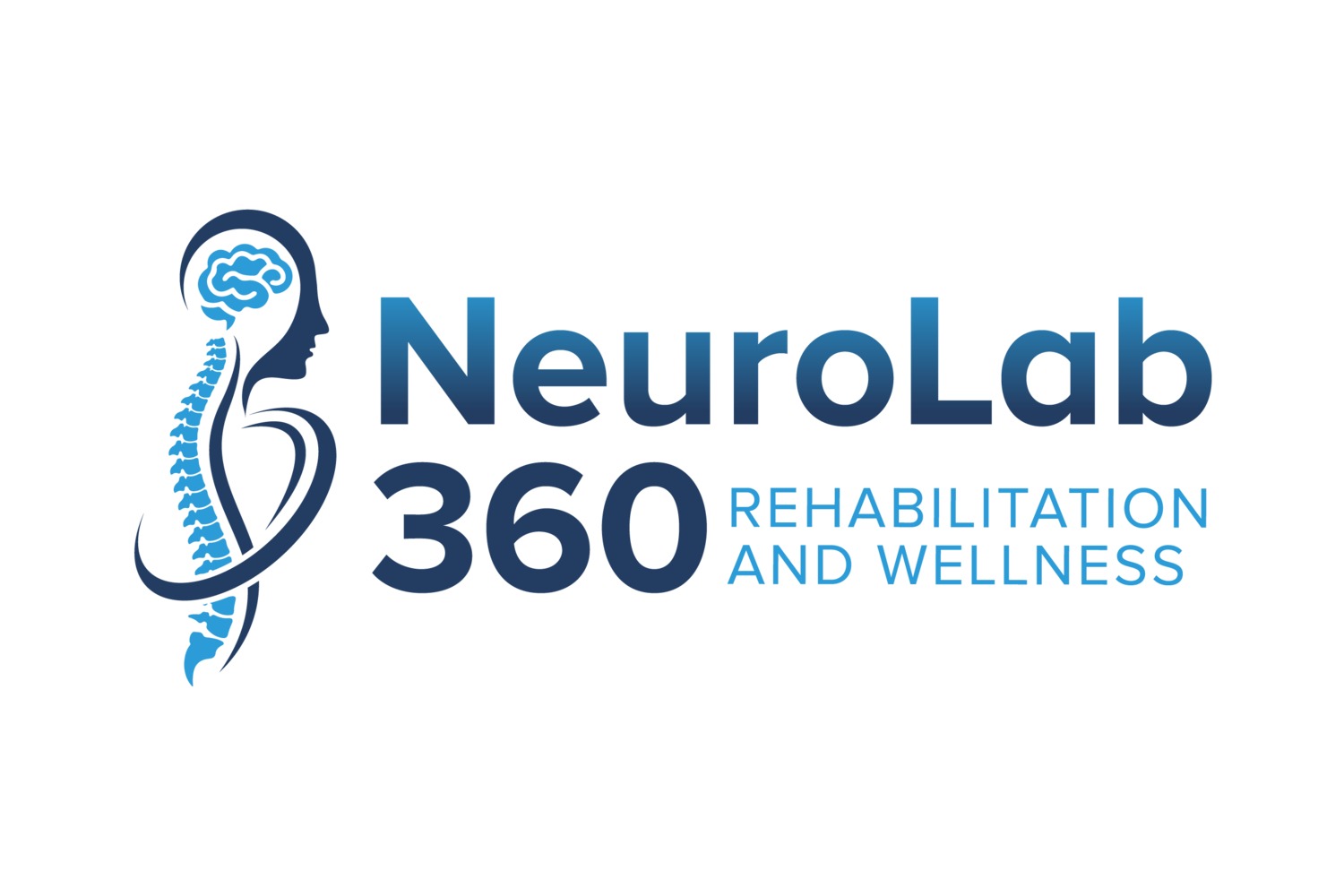Exercise considerations for Multiple Sclerosis
Why exercise?
Exercise is beneficial and recommended for individuals with multiple sclerosis (MS). Research shows that exercise can cause improvements in cardiovascular fitness, muscle strength, fatigue, flexibility, balance, cognition, and quality of life.
Aerobic
Aerobic exercise is associated with increased cardiovascular fitness, increased respiratory function, reduced fatigue, and improved mood in individuals with MS. Examples of aerobic exercises include treadmill or overground walking, jogging, and cycling.
Strength
Moderate intensity resistance training can be safe and beneficial for individuals with MS. Strength training is linked to improved muscle strength and walking performance. Resistance training exercises can include weight machines, free weights, resistance bands, and body weight strength exercises.
Flexibility
Spasticity and prolonged inactivity can lead to decreased joint range of motion. The goal of flexibility training is to increase muscle length and joint motion, reduce spasticity, and improve posture.
Exercise precautions:
Schedule rest breaks to conserve energy and avoid overexertion.
If your balance is affected, the exercise or environment may be adapted to reduce risk of falls. This may include using a grab bar or a chair in front of you.
Symptoms may worsen for individuals with heat sensitivity. To avoid overheating, drink plenty of cool water and avoid exercising during the hottest times of the day.
Exercise Recommendations for Mild Disability:
Aerobic Exercise: 2-3x/week, 10-30 min per session of moderate intensity (3-4/10 in difficulty). Advanced aerobic strategies include HIIT (high-intensity interval training) 1x/week with five 30-90 sec intervals, equivalent rest time between intervals, at 7-9/10 difficulty.
Strength Training: 2-3x/week, 1-3 sets per exercise, 8-15 repetitions per set. 5-10 exercises per session focusing on large muscle groups and lower extremities.
Flexibility Training: Daily! 10-15 minutes total, 2-3 sets of each stretch, holding for 30-60 sec/stretch.
Neuromotor Training: 3-6x/week, 20-60 min per session. Exercises should target fall prevention, postural stability, coordination, and agility. Ex. Pilates, dance, yoga, Tai chi, balance training.
Exercise Recommendations for Moderate to Severe Disability:
Aerobic Exercise: 3-7 days/week for 10-15 min per day. Total minutes can be accumulated across shorter interval sessions.
Flexibility Training: 1x/day with 30-60 sec holds per stretch targeting affected joints. Use assistance as needed.
Breathing: Every other day, 3 sets of 10 repetitions using a resistive breathing apparatus. Ex. Incentive spirometer.
Upper Extremity: Six 3-min intervals at 3-4/10 difficulty with resistance as able. OR 3x/week, 3 sets of 10 repetitions with resistance as able.
Lower Extremity: 3x/week, 30 min of standing. 3 sets of 10 repetitions of sit to stands. Overground walking with walker as able.
Core Exercise: 2x/day, 3-5 repetitions of seated abdominal exercises (holding 5-6 sec). Posture exercises every 1-2 hours, holding for 10-15 sec. Ex. pulling shoulder blades back.

